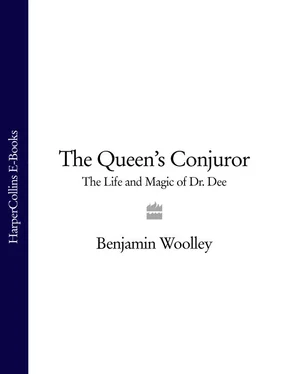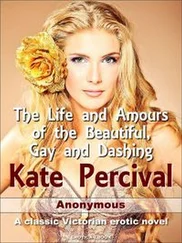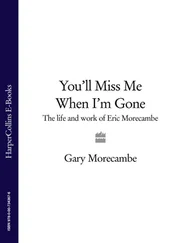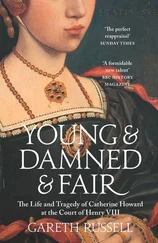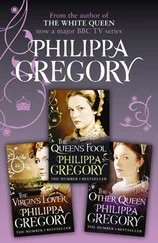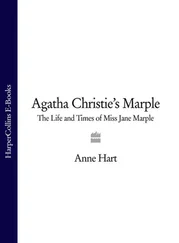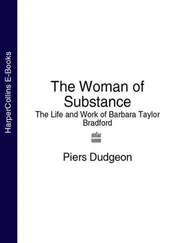Dee was now established as an intellectual of some standing. He was ‘ astronomus peritissimus’ , an expert astronomer, as John Bale put it in his Index of British and Other Writers, published in the 1550s. 30 At the heart of the new Protestant order, he was poised to become a favourite of the King, and seemed destined to enjoy rank and wealth.
Then fortune intervened. The heavens turned hostile and, for Dee, as for Hamlet, all occasions did inform against him.
On the afternoon of 6 July 1553, a terrible storm broke over Greenwich as King Edward lay close to death. He had fallen ill the year before, and the Duke of Northumberland, possibly on Dee’s advice, had called in the Italian physician and astrologer Girolamo Cardano to treat the ailing King. 1 Before seeing his royal patient, Cardano cast Edward’s horoscope, and discovered ‘omens of great calamity’. A physical examination followed which only confirmed the prediction: Edward was found to be suffering from consumption. Cardano was summoned to the Council to give his opinion. He did not report his grim astrological findings, as drawing up the horoscope of a monarch was potentially illegal, a form of spying through magical surveillance. All he said was that the King needed rest.
By the end of 1552, Edward was coughing up blood. He was prescribed opiates and other remedies, some quite elaborate, such as a mixture of spearmint syrup, red fennel, liverwort, turnip, dates, raisins, mace, celery and the raw meat of a nine-day-old sow, nine spoonfuls to be taken as required. To counter the rumours that the King was being poisoned, Northumberland planted the story that Princess Mary, Henry VIII’s only child from his first marriage and in Catholic eyes his only legitimate offspring, had given her half-brother the evil eye, attempting to despatch him by witchcraft. Northumberland rightly feared that if she became queen, England’s great Protestant experiment would be over.
Northumberland persuaded Edward to disinherit Mary in favour of Lady Jane Grey, the Protestant great-granddaughter of Henry VII. To protect his position further, Northumberland then married Lady Jane to his fourth son Guilford, and Jane’s sister Katherine to Pembroke’s son William, Lord Herbert. The joint ceremony was held on Whit Sunday 1553 at Durham House, Northumberland’s London palace overlooking the Thames. It involved the two families that were now acting as Dee’s patrons, and it is likely he attended the event.
Two months later, on that stormy July afternoon, King Edward prepared to meet his maker. With his final breaths, he was said to have whispered a prayer he had composed especially for the occasion, beseeching God to ‘defend this realm from papistry, and maintain Thy true religion, that I and my people may praise Thy holy Name, for Thy Son Jesus Christ’s sake, Amen.’ 2 He died at 6pm.
As soon as Edward was dead, Northumberland attempted to install Lady Jane Grey as queen. But popular sentiment, nimble aristocratic loyalties and the law favoured Mary. Within days, she had won over most of Northumberland’s allies, including the Earl of Pembroke, who stood outside Castle Baynard, his London home, and threw a ‘cap full of angels’ (gold coins, worth around ten shillings) to the people to celebrate her accession. He also announced the annulment of his son’s marriage to Katherine Grey, which he had taken the precaution of ensuring remained unconsummated.
The speed of Northumberland’s fall was breathtaking. On 23 August, barely a month after Edward’s death, he was standing on the scaffold on Tower Hill. Stretched out beneath him was the City that had abandoned him for Mary. Nearly a tenth of its population, around ten thousand people, had gathered to watch him die. They beheld a broken man who now publicly renounced his Protestant beliefs. He was, and wanted to die Catholic. Having recanted, he was blindfolded and knelt before the block. But before the executioner could strike, the blindfold slipped and the duke had to get up to put it on again. He knelt again, his distress now obvious, and with a single blow he was beheaded.
In the days leading up to his execution, Queen Mary’s Privy Council began to purge his sympathisers. On 21 August 1553, an order was issued to the Lieutenant of the Tower of London, requesting that three prisoners be sent before the Council for examination. One of the names listed was Roland Dee. 3
Roland, like his son John, had prospered in recent years. Reforms such as the dissolution of the monasteries had released expanses of new land onto London’s starved property market and set off a boom that would see the City’s population nearly quadruple from fewer than 50,000 to nearly 200,000. 4 Roland had directly benefited from this, being appointed by the King as one of two ‘packers’ with joint responsibility for checking all merchandise shipped through London and its suburbs, and the right to ‘untruss and ransack’ any consignment not packed in his presence. In return, he was to receive a ‘moiety’ (half share) of fees payable on the shipments, the other half going to the other packer, who was appointed by the Lord Mayor. 5
Now he was a wanted man, though there is no record of the precise charge. Given the political situation, and the fact that the Privy Council itself wanted to interview him, it seems likely he had been identified as a Protestant activist or even one of Northumberland’s conspirators. Ten days later on 1 September, he was released, a ruined man. Having nurtured a position at court, a thriving business in the City and been rewarded with lucrative privileges – having, indeed, carefully laid the foundations for promotion to the gentry, perhaps ultimately even minor nobility – he had lost everything. This misfortune was also to have a devastating impact on the fortunes of his son. By such ‘hard dealing’, Dee later wrote in a begging letter to William Cecil, his father ‘was disabled for leaving unto me due maintenance’. 6 In other words, having confidently expected to inherit independent means that would enable him to continue his studies as he wished, Dee suddenly had to fend for himself.
But the legacy of his father’s fall was to have even wider implications. Two years later, John Dee found himself in equal, if not greater, peril.
In 1555, Mary’s supporters began to burn prominent Protestants. As the church could not execute those it convicted of heresy so, under a statute called De Heretico Comburendo, the civil authorities undertook this responsibility. In force during Henry’s reign, the statute had been abolished in 1547, part of Edward’s Protestant reforms. In January 1555 Mary’s government restored it, and within a month the fires were alight. First victim was John Rogers, former canon at St Paul’s Cathedral. He was burned at Smithfield, which was London’s meat market, as well as the venue for its grisliest executions. For over four centuries traitors, witches and heretics had been brought there and, like the cuts of meat in the butchers’ stalls, hung, roasted and boiled.
Rogers was a married priest, therefore by definition a heretic and, according to partisan Protestant accounts, denied the chance to say goodbye to his wife and children before being tied to the stake. Across the country, many more met the same fate. The numbers vary widely according to the religious sympathies of those reporting them, but are estimated at around three hundred in the five years of Mary’s reign. Later, Protestant storytellers would send shudders through their audiences with highly coloured tales of agonising death, of necklaces of gunpowder which ignited and blew off the victims’ heads or, even worse, failed to go off, as happened to John Hooper, Bishop of Gloucester, who took three-quarters of an hour to expire. According to one tale, a baby erupted from a woman’s womb while she burned, which was thrown back into the fire by the executioner.
Читать дальше
